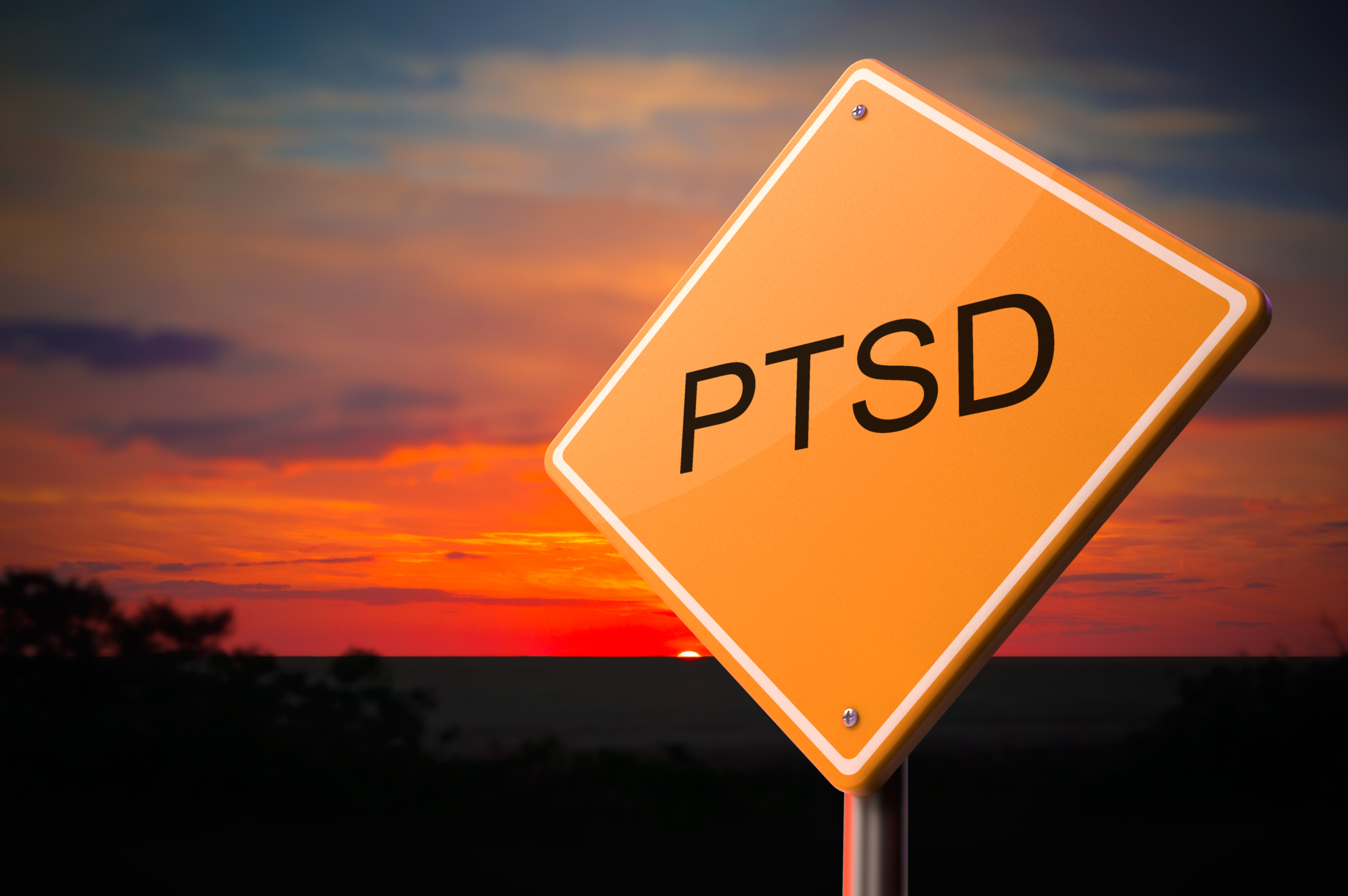Home / Business & Management / HR / Occupational Health in Developing Countries / PTSD in the Workplace
This article is from the free online
Occupational Health in Developing Countries


Reach your personal and professional goals
Unlock access to hundreds of expert online courses and degrees from top universities and educators to gain accredited qualifications and professional CV-building certificates.
Join over 18 million learners to launch, switch or build upon your career, all at your own pace, across a wide range of topic areas.

 PTSD= Post traumatic stress disorder © Colourbox
PTSD= Post traumatic stress disorder © Colourbox A robbery in a bank can be an experience causing PTSD for the vicitims.
A robbery in a bank can be an experience causing PTSD for the vicitims. Patients with a PTSD should be given medical counseling. © Colourbox
Patients with a PTSD should be given medical counseling. © Colourbox





